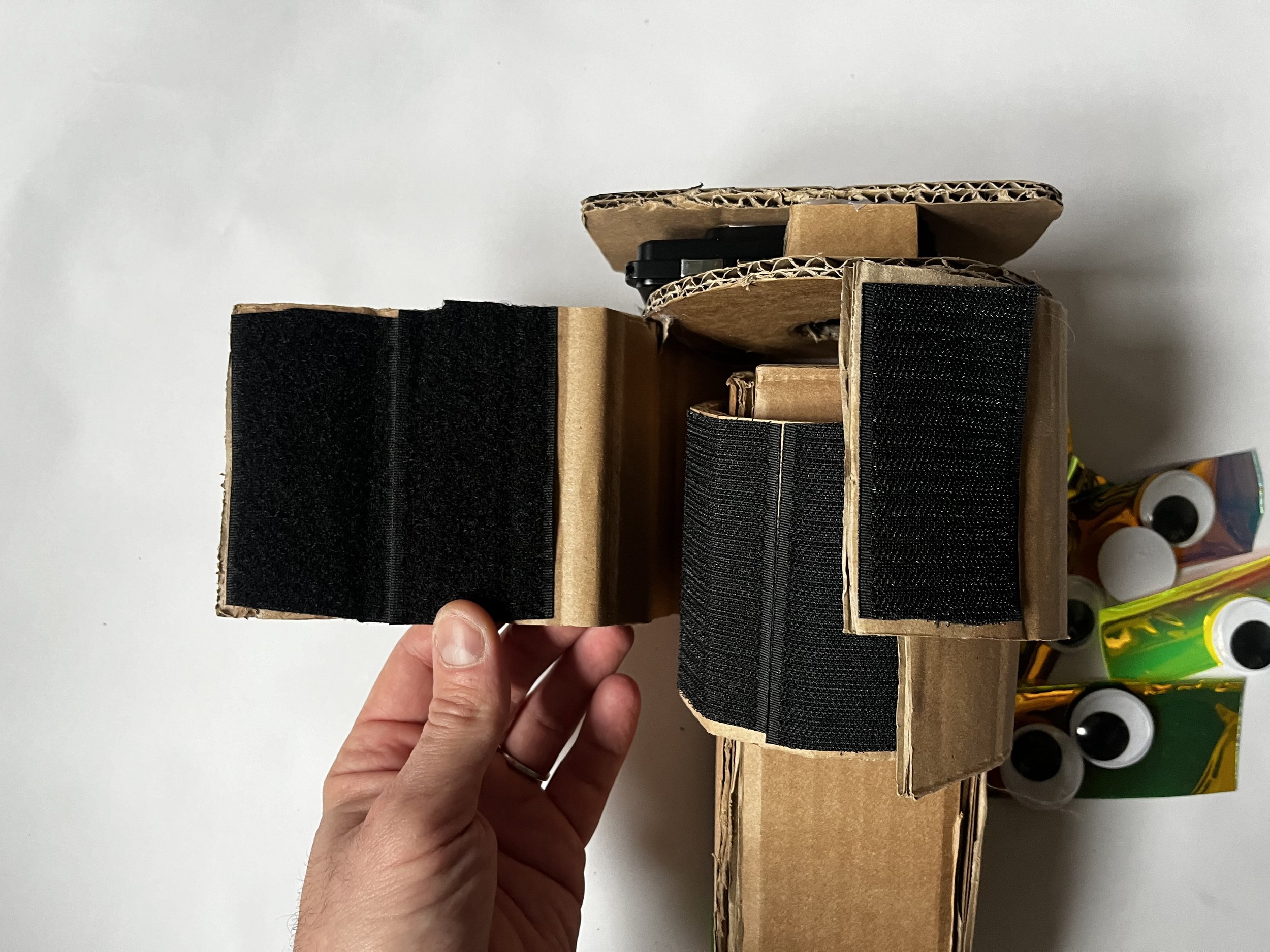Testing a Loose Parts Kaleidoscope Station
As part of the LEGO playful museum learning network, I’ve been working alongside the Tinkering Studio team to build and test new ideas for an open-ended kaleidoscope construction station that could work in museums across the community of practice or in other informal learning settings.
In a couple weeks these parts will be tested by others in the LEGO network as part of an in-person gathering. This will be a great chance to evaluate where we are on some of the goals that I have for this station:
Letting people authentically iterate and experiment on the design of a kaleidoscope
Creating a collaborative and social workspace for testing out ideas about mirrors, lenses and shapes.
Giving visitors the chance to make their own tool (the kaleidoscope) which they can then use and share.
The latest iteration is a set of rough cardboard based prototypes at the size and scale that I think could work with visitors. The parts in the kit include different shaped mirror pieces, two sizes of cardboard and velcro wraps, two spinning turntables, two lens mounts and two camera holders along with a bunch of rubber bands.
After a lot of experimentation, the best way that I’ve found so far to connect the cardboard/mirrored pieces to make your own kaleidoscope uses both rubber bands and cardboard velcro sleeves. A nice way to attach the parts is by stretching rubber bands directly around the mirrors to make a shape. Then you can place the shape into a sleeve. The lenses can be secured to rubber bands and the camera mounts fit over the sleeves.
For a workshop station, it would be good to have one finished kaleidoscope example that’s a bit more secure and visible so that visitors could see generally how the parts connect. I would scatter the rest of the parts around the table. Down the road, if we want to try this sans facilitator, we could experiment with signs showing the connection points and construction process. But for now, I think the station would work best with someone nearby in case builders get stuck.
I also want to experiment with how to arrange the materials that you look at under the kaleidoscopes. For this set, I included the turntables so that we can test out different combinations but I’m not convinced that it’s the best idea to have more loose parts around. I can imagine having preset viewing platforms since there’s already a lot to do with building the kaleidoscope.
One thing that I’m curious to observe is how people develop an understanding of how and why to add the the lens and the camera to their creations. These are powerful tools, each in their own way (the lens to change the area of focus that can be seen with the scope and the camera which allows learners to collaborate and share ideas. But neither of them feels straightforward in their use so I want to better understand how to clue people in on the possibilities without taking away the joy of discovery.
Part of the prototyping process that we’re going through to develop new tinkering experiences includes choosing from a plethora of possible directions, building physical maquettes and testing the rough prototypes with colleagues and visitors to see how they support playful exploration. I’m excited to observe how people use this new kaleidoscope station and integrate those learnings into the next versions of the project.
The LEGO Playful Learning Museum Network initiative is made possible through generous support from the LEGO Group.








